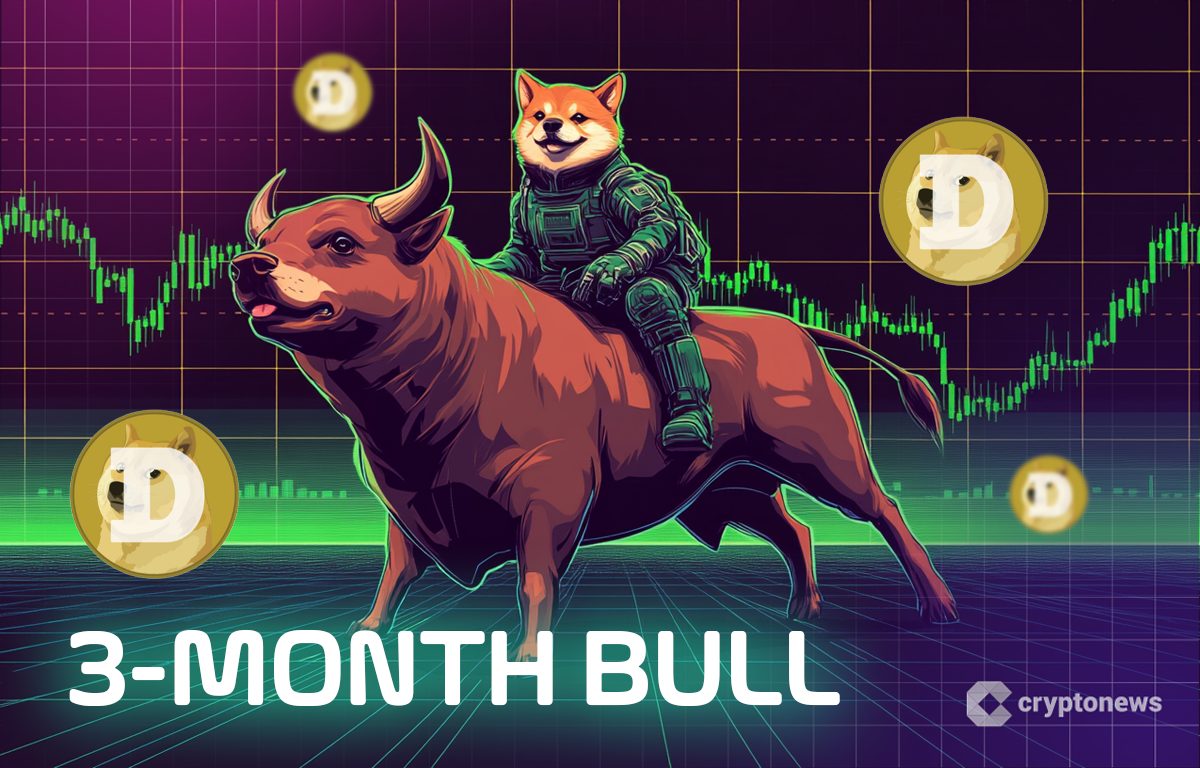Bitcoin miners are starting to feel the pinch
The 7-day moving average of Bitcoin’s hash rate has dropped slightly since the halving, to just over 600 EH/s, but is still historically high. This is an excerpt from The Block’s Data & Insights newsletter.
As is often the case, hype cannot last forever. While roughly half of the transactions on Bitcoin are still related to Runes, the number of transactions has vastly subsided. There were almost 800,000 Runes transactions on April 23; since then, the amount has stayed below 350,000.
The fees during the initial excitement around Runes did seem to reach an unsustainable level. The 7-day moving average of the average transaction fee on the network hit $40, which is much higher than normal and not a price many users want to pay. The average has fallen back below $10 already as activity on Bitcoin has normalized.
While the high fees weighed on Bitcoin users (we saw the 7-day moving average of active addresses drop below 700,000 for the first time since 2020), they were well received by Bitcoin miners, who were facing a 50% drop in the block subsidy in the wake of the halving.
The jump in fees right as Runes launched helped stave off the impact of the 3.125 BTC reward. Over $80 million was paid in transaction fees the day after the halving, helping bolster miner revenue.
But as fees have slipped back to normal levels, with total miner revenue from transaction costs dropping below $5 million, miners are now feeling the pinch.
The 7-day moving average of bitcoin miner revenue per terahashes per second (TH/s) has fallen to $0.048, an all-time low. While a 3.125 BTC block reward now is worth more than a 25 BTC block reward in 2013, the amount of miners on the network has also jumped, making it all the more harder to actually earn the subsidy.
While the 7-day moving average of Bitcoin’s hash rate has dropped slightly since the halving, to just over 600 exahashes per second (EH/s), it is still historically very high. Bitcoin’s overall hash rate has essentially been on a straight upward trend since its inception, barring a small drop-off during the China crackdown.
Miner revenue per TH/s can rise if bitcoin’s price rises, but unless miners start exiting the market, it's unlikely we will see the levels of miner revenue afforded when there was less interest in solving puzzles to mine the next Bitcoin block.
This is an excerpt from The Block's Data Insights newsletter . Dig into the numbers making up the industry’s most thought-provoking trends.
Disclaimer: The content of this article solely reflects the author's opinion and does not represent the platform in any capacity. This article is not intended to serve as a reference for making investment decisions.
You may also like
European Blockchain Sandbox Selects Web3 Companies for Third Cohort, Including Privado ID
“The selected use cases span all EU/EEA regions and represent a wide range of industry sectors and regulatory topics,” the European Blockchain Sandbox says.

Is Dogecoin About to Explode? Analysts Say a 3-Month Bull Run May Be Starting
Dogecoin (DOGE) could rally during the next 3 months and surge to $0.75 according to this analyst's predictions.

Fartcoin Whale Doubles Down, Loses Another $297K
A whale investor spent $1.98M on Fartcoin after prior $701K loss—now down $297K again. Will this risky bet ever pay off?Risky Move: Whale Reinvests in Fartcoin After Big LossMemecoin Madness: High Risk, High VolatilityWill the Gamble Pay Off?

Galaxy Digital Moves $99M in ETH to Exchanges
Galaxy Digital has deposited over $99M worth of Ethereum to exchanges in the past 6 days, sparking market speculation.Galaxy Digital Ramps Up ETH TransfersStrategic Shift or Exit Signal?Ethereum Under the Microscope

